Policies
Privacy Statement
ASTP attaches great importance to the protection of your personal data. In this Privacy Statement we provide clear and transparent information about how we handle personal data. We make every effort to ensure your privacy and therefore handle it carefully.
Harrassment Policy
ASTP prohibits discrimination or harassment on the basis of race, colour, religion, sex (including sexual harassment), sexual orientation, gender identity or expression, pregnancy, national origin, ancestry, age, citizenship status, physical or mental disability, marital status
Social Conduct Policy
As a networking organisation, ASTP events often incorporate more social networking activities, where food and drinks, including alcohol may be served.
Participation in EU projects statement
ASTP is willing to participate in EU projects relating to Knowledge Transfer as long as there is an alignment with its missions (as set out in Art 3 of its Articles of Association) and where there is a clear benefit for the members.
Environmental Policy
ASTP is committed to minimising its impact on the environment. Since our inception we have taken the following steps to mitigate our carbon footprint.
Equity, Diversity and Inclusion Policy
ASTP is committed to creating an inclusive environment for the diverse knowledge exchange/ transfer community.
